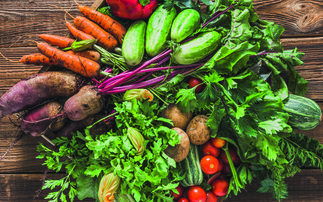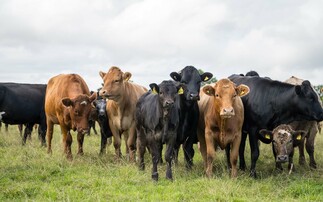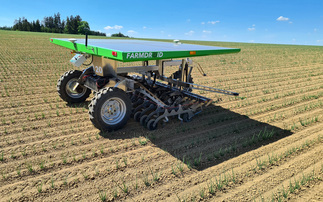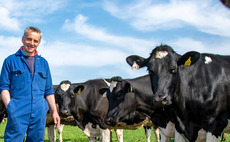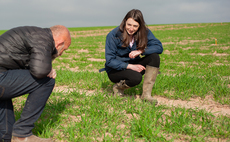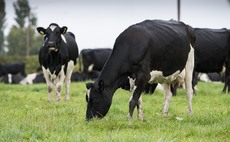
A report on the state of the Spanish agricultural sector from CaixaBank showed the prolonged drought which affected much of the Iberian Peninsula in 2022 has continued so far in 2023, impacting top soils and providing poor conditions for crops.
Spanish yields
As a result, crop yields - which were already severely down last season - were estimated to have fallen further this year.
See more: Scottish farmers expected to face 'severe' flooding and disruption from Storm Babet
According to the preliminary figures for agricultural area and production, the production of winter cereals was estimated at 9 million tonnes in 2023, compared with 14.4mt in 2022 and 19.3mt in 2021. Summer crops were less affected by the ravages of climate change.
However, Spanish exports were still performing well compared to its main European rivals. The value of exports continued to increase, although volumes declined.
Europe
Compared to its European neighbours, the Spanish agricultural sector was characterised by a substantial number of small farms; more than half have five hectares or less, with 94 per cent being owned by individuals who are usually the head of the farm.
Watch now: Scottish farmers count cost of severe flooding
However, the sector was becoming more concentrated with fewer but increasingly larger and more productive farms. According to the 2020 agricultural census, farms of 100ha or more - although they account for only 6 per cent of total farms - represent 58 per cent of the utilised agricultural area and almost 30 per cent of total production.









